Walking for 30 Minutes vs Yoga for 30 Minutes: Which is More Beneficial?
Top Health Tips For Health
Walking for 30 Minutes vs Yoga for 30 Minutes: Which is More Beneficial?
When it comes to staying fit and healthy, two of the simplest and most effective exercises are walking and yoga. Both require minimal to no equipment, making them accessible for almost everyone. But if you only have 30 minutes to spare, which one should you choose? Let’s dive deep into their benefits and find out which one suits your goals best.
1. Cardiovascular Health & Weight Loss: Walking Wins
If you’re looking to burn calories and boost your heart health, walking takes the lead. A brisk 30-minute walk can:
✔ Increase heart rate, strengthening the cardiovascular system.
✔ Burn approximately 120–180 calories, depending on speed and weight.
✔ Improve blood circulation, reducing the risk of heart disease and high blood pressure.
On the other hand, yoga isn’t as effective for weight loss unless you practice a high-intensity style like Vinyasa or Power Yoga. However, yoga plays an indirect role in weight management by reducing stress, which influences metabolism and eating habits.
🔹 Verdict: If your goal is to improve heart health and burn calories, walking is the better choice.

How to Get the Apple iPad Air M2 Under ₹55,000 – Best Deals & Offers!
2. Strength, Flexibility & Joint Health: Yoga Wins
Walking is great for toning the legs, but it doesn’t engage the upper body or improve flexibility. Yoga, on the other hand:
✔ Enhances joint mobility and flexibility.
✔ Strengthens the core, arms, legs, and back through bodyweight exercises.
✔ Helps in reducing stiffness, improving posture, and preventing injuries.
Since yoga is gentle on the joints, it is also ideal for individuals with arthritis, joint pain, or limited mobility.
🔹 Verdict: If you want to improve flexibility, posture, and overall strength, yoga is the winner.
3. Mental Health & Stress Relief: Yoga Wins
Both walking and yoga positively impact mental well-being, but yoga takes it a step further by incorporating mindfulness and breath control. Here’s why yoga is more effective for stress relief:
✔ Deep breathing techniques calm the nervous system.
✔ Lowers cortisol (stress hormone) levels.
✔ Involves meditation and pranayama, promoting relaxation and emotional balance.
Walking can also boost mood and relieve stress, especially when done outdoors, but it doesn’t provide the deep mind-body connection that yoga does.
🔹 Verdict: If you struggle with stress, anxiety, or sleep issues, yoga is the better choice.
4. Accessibility & Ease: Walking Wins
One of the biggest advantages of walking is that anyone can do it, anywhere. It requires:
✔ No special equipment or training.
✔ No dedicated space—just a park, road, or treadmill.
✔ No learning curve; anyone can start immediately.
Yoga, while extremely beneficial, requires some guidance to ensure correct breathing, posture, and alignment. Some poses might be challenging for beginners without proper instruction.
🔹 Verdict: If you want a simple, hassle-free exercise, walking is the better choice.
Top 5 Universal Yoga Moves Anyone Can Perform
If you decide to incorporate yoga, here are five simple and effective yoga poses that anyone can do, regardless of experience level:
1. Tadasana (Mountain Pose)
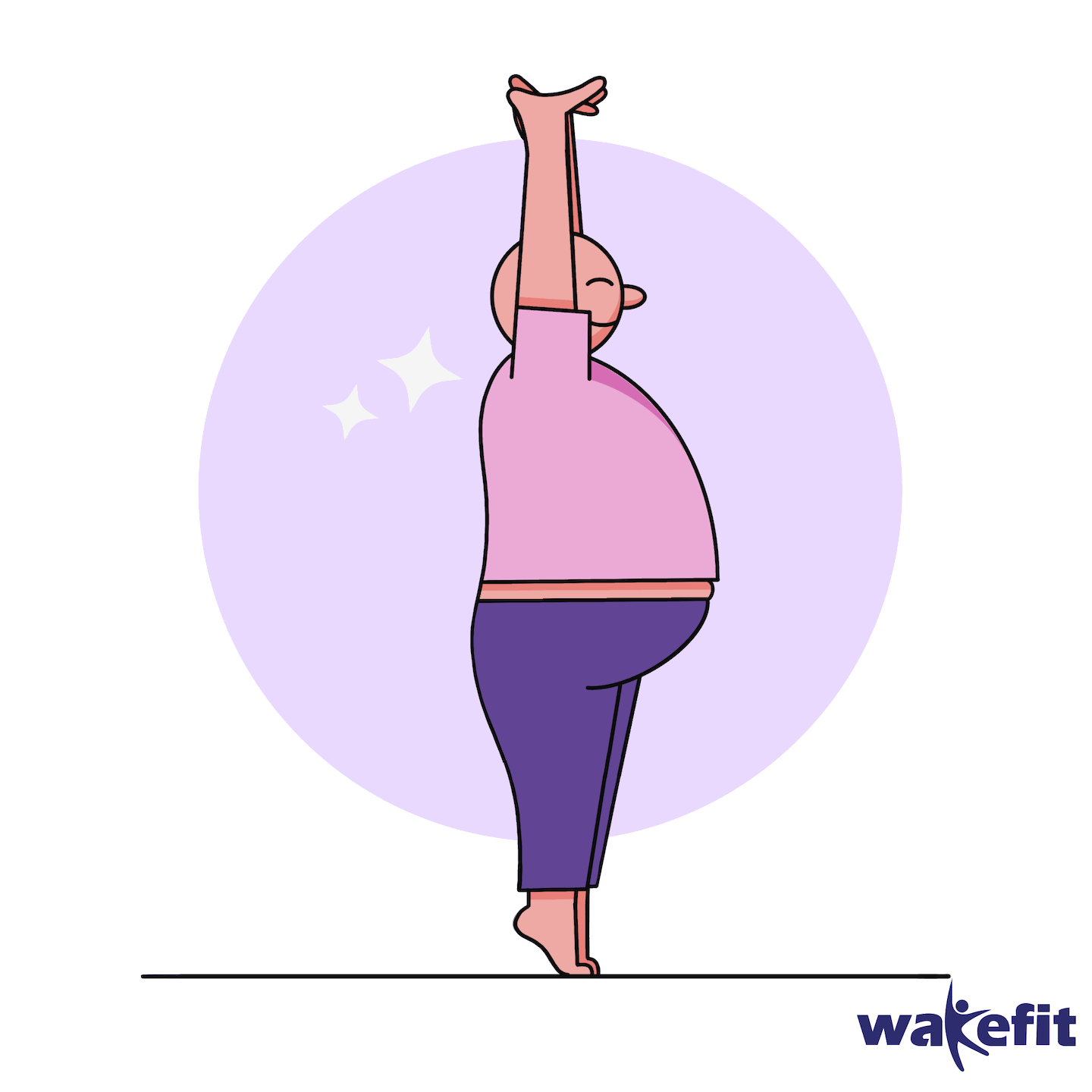
👉 Improves posture and balance.
👉 Strengthens legs, back, and core muscles.
2. Bhujangasana (Cobra Pose)

👉 Stretches the spine and strengthens back muscles.
👉 Opens up the chest, improving breathing.
Must Read...
Kia Norway Mocks Tesla: Why Elon Musk's.... Read More
3. Vrikshasana (Tree Pose)
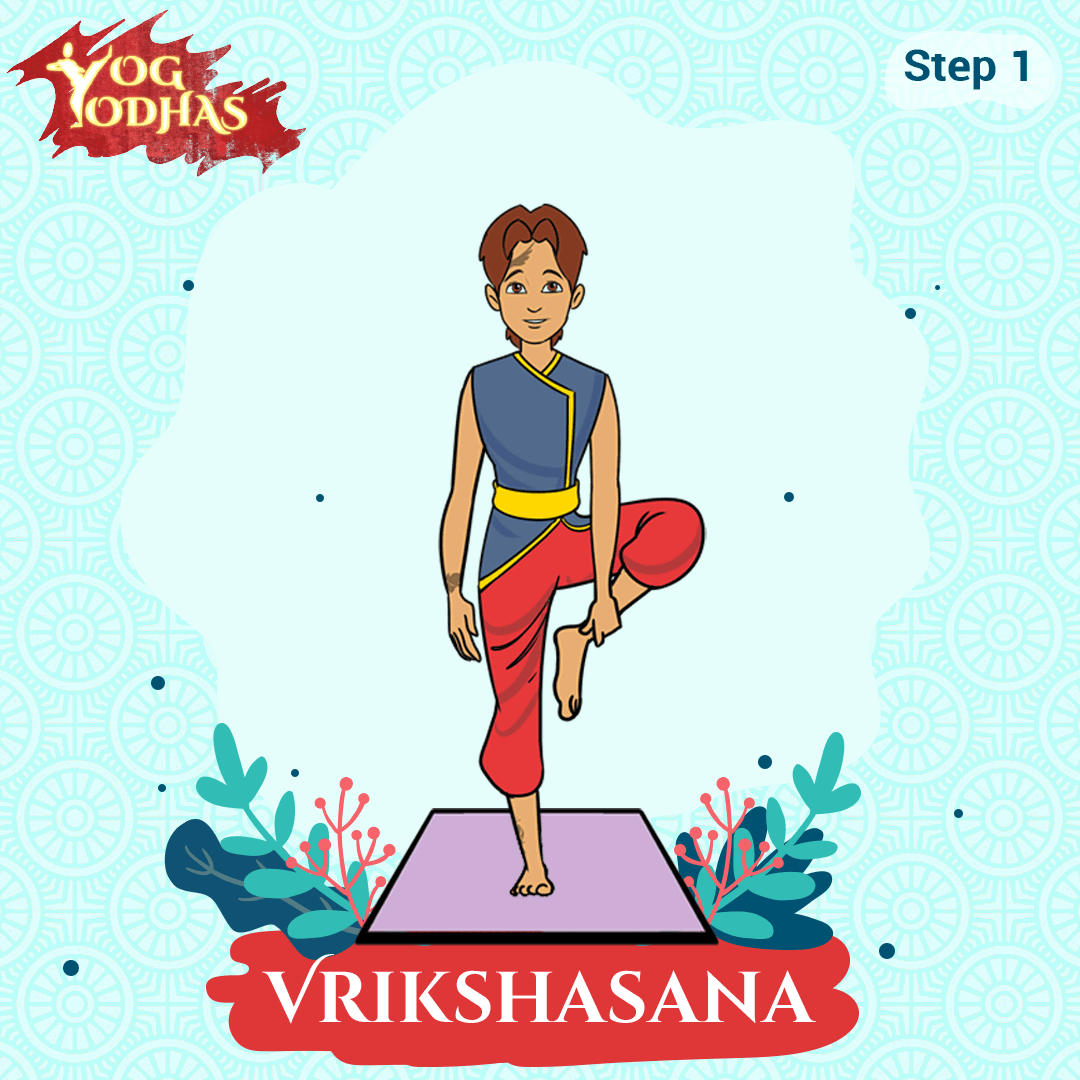
👉 Enhances balance and concentration.
👉 Strengthens the legs and improves posture.
4. Balasana (Child’s Pose)
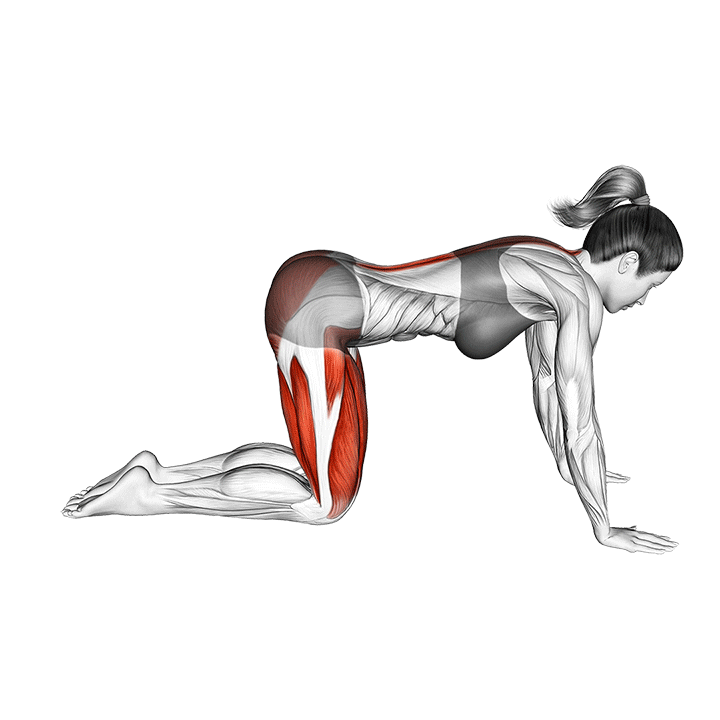
👉 Relieves stress and tension in the back.
👉 Promotes relaxation and flexibility.
5. Setu Bandhasana (Bridge Pose)

👉 Strengthens the spine and reduces back pain.
👉 Opens up the chest and promotes better circulation.
💡 Tip: Practicing these poses daily for a few minutes can help boost flexibility, reduce stress, and improve overall well-being.
Who Should Choose What?
✔ Choose walking if you:
-
Want to improve heart health and endurance.
-
Aim to burn calories and lose weight.
-
Prefer a simple, no-equipment workout.
-
Enjoy being outdoors.
✔ Choose yoga if you:
-
Want to build strength, flexibility, and balance.
-
Struggle with stress, anxiety, or poor sleep.
-
Have joint pain, stiffness, or mobility issues.
-
Prefer a mindful, calming workout.
Final Verdict: The Best Approach? A Combination!
There’s no one-size-fits-all answer. Walking is superior for cardiovascular health and calorie burn, while yoga excels in flexibility, stress relief, and muscle strengthening.
💡 The best approach? Combine both! A balanced routine of walking and yoga can give you better heart health, strong muscles, and a relaxed mind.
So why choose when you can get the best of both worlds?

















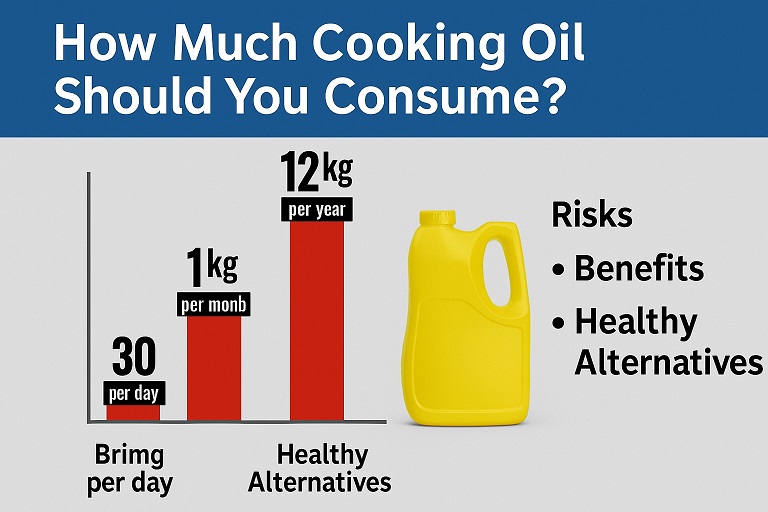
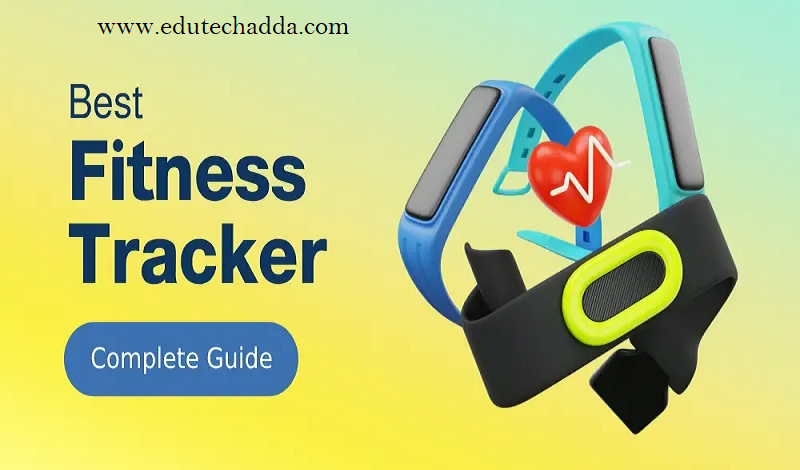


Leave Message